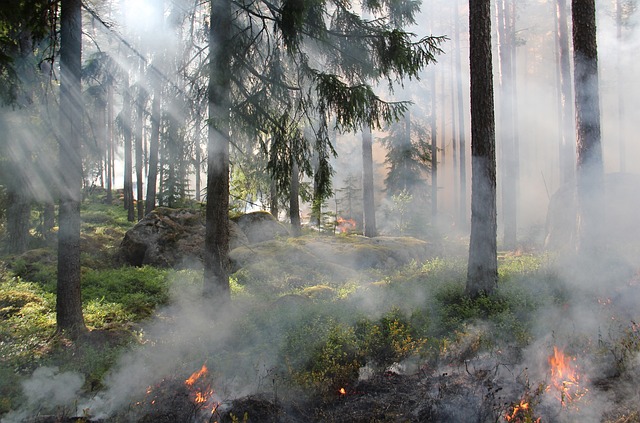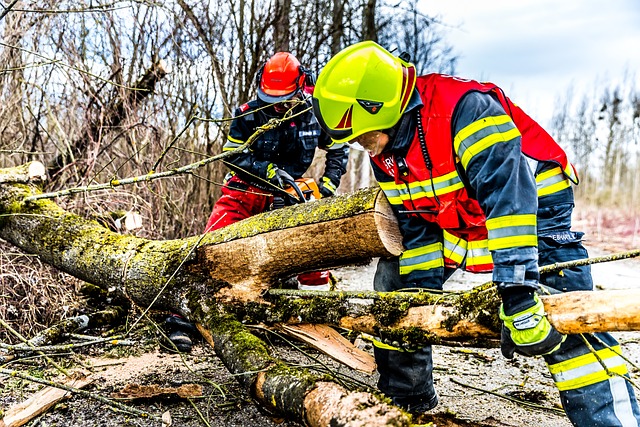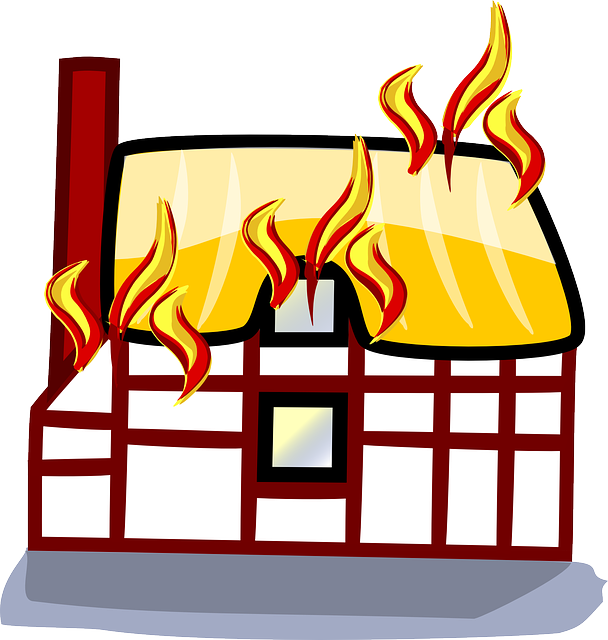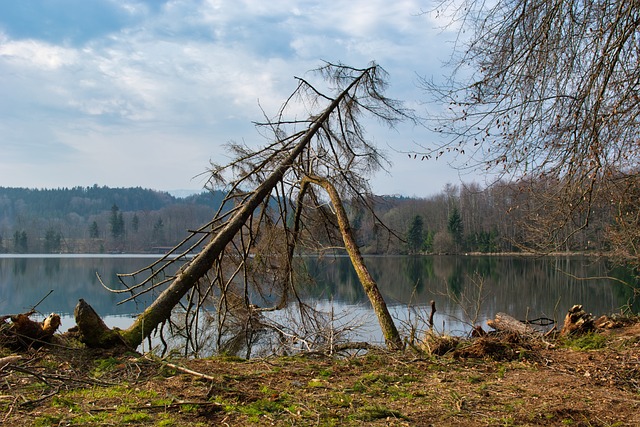In California, where wildfires frequently devastate communities, distressed property sales have become common due to fire-damaged homes. Homeowners facing financial burdens can opt for short sales with specialized agencies or investors, avoiding costly repairs and relisting expenses. Local regulations guide these transactions, providing relief while ensuring fairness. Selling a fire-damaged home requires assessing damage, determining market value, and choosing between repair or "as-is" sale. Both parties face complex legal and financial considerations, including insurance claims, liability, repair costs, disclosure, unexpected expenses, building codes, zoning regulations, and potential environmental hazards. Understanding these factors is crucial when considering a sell fire damage house California.
“In the dynamic real estate market of California, understanding distressed property sales, particularly those involving fire-damaged homes, is paramount. This article delves into the unique challenges and opportunities presented by such scenarios. We explore common causes of fire damage, the intricate process of selling a fire-affected home in the state, and the legal, financial nuances buyers and sellers must navigate. By examining these aspects, prospective investors gain valuable insights for successfully navigating the sell of fire-damaged properties in California.”
- Understanding Distressed Property Sales: A California Focus
- Common Scenarios Leading to Fire Damage in Homes
- The Process of Selling a Fire-Damaged Home in California
- Legal and Financial Considerations for Sellers and Buyers
Understanding Distressed Property Sales: A California Focus

In California, distressed property sales have become a significant aspect of the real estate market, particularly following events like wildfires that devastate communities. When homeowners face the daunting task of selling their fire-damaged homes, they often turn to specialized agencies or investors who buy these properties at a discount. This process, known as a short sale, allows distressed homeowners to avoid the financial burden of extensive repairs and relisting costs while also providing a quicker exit strategy compared to traditional sales.
California’s climate and diverse landscapes make it prone to natural disasters, including wildfires. As a result, many residents find themselves in need of urgent property disposition solutions. Selling a fire-damaged house in California involves navigating complex legal and financial procedures but can offer much-needed relief for affected homeowners. Local regulations and guidelines play a crucial role in ensuring these transactions are fair and beneficial for all parties involved.
Common Scenarios Leading to Fire Damage in Homes

In California, where a diverse range of climates and environments prevail, homes are susceptible to various hazards, with fires being a significant concern. Many distressed property sales in this state involve residences that have suffered fire damage due to a multitude of factors. Common scenarios include natural disasters like wildfires, which have become increasingly severe and frequent in recent years. These blazes can ravage entire neighborhoods, leaving behind charred remains.
Another leading cause is electrical malfunctions, particularly in older homes with outdated wiring. Overloaded circuits, faulty appliances, or even lightning strikes can ignite flames, causing extensive damage. Additionally, cooking accidents, candles left unattended, or careless smoking habits contribute to fire hazards, especially in crowded urban areas where space constraints lead to more compact living arrangements. When a house incurs such damage, it often requires substantial repairs, impacting its market value and attracting buyers seeking distressed property opportunities in California.
The Process of Selling a Fire-Damaged Home in California

Selling a fire-damaged home in California involves a specialized process designed to protect both the seller and buyer. It begins with an assessment by a qualified contractor who evaluates the extent of the damage, providing a detailed report on repairs needed. This step is crucial as it determines the property’s current market value and sets expectations for prospective buyers. Once the assessment is complete, the owner can choose between repairing the damages or selling the property “as-is.”
If opting to repair, contractors undertake the work according to California’s building codes, ensuring the home meets safety standards. This process can be lengthy and costly but significantly enhances the property’s resale value. Alternatively, an “as-is” sale allows buyers to negotiate a lower price considering the repairs needed. In both cases, specialized real estate agents experienced in distressed sales play a vital role, marketing the property effectively and guiding buyers through the unique buying process in California.
Legal and Financial Considerations for Sellers and Buyers

When considering a sell fire damage house California, legal and financial factors are paramount for both sellers and buyers. For sellers, navigating the complexities of insurance claims and potential liability is crucial. After a fire, it’s essential to understand the extent of damage and the cost of repairs before setting a price—a process that can be challenging given the emotional and physical toll such events take. Additionally, sellers must disclose any known issues, ensuring transparency to avoid future legal disputes.
Buyers, on the other hand, face financial considerations like the potential for unexpected repair costs post-purchase. They should conduct thorough inspections and obtain accurate assessments of renovation needs. Legal aspects include understanding building codes and zoning regulations, especially in California, where strict standards may impact renovation plans and property value. Buyers should also be aware of potential environmental hazards that could arise from fire damage, such as asbestos or lead paint, which can significantly increase remediation costs.
Distressed property sales, particularly involving fire-damaged homes in California, present unique challenges but also opportunities. Understanding the process, from identifying common scenarios leading to fire damage to navigating legal and financial considerations, is key for both sellers and buyers. By familiarizing themselves with these aspects, they can ensure a smoother transaction, allowing affected properties to find new life and owners while mitigating potential risks. Selling a fire-damaged house in California requires careful navigation of these complexities, but it’s a process that can ultimately restore not just homes, but also hope for their new inhabitants.






